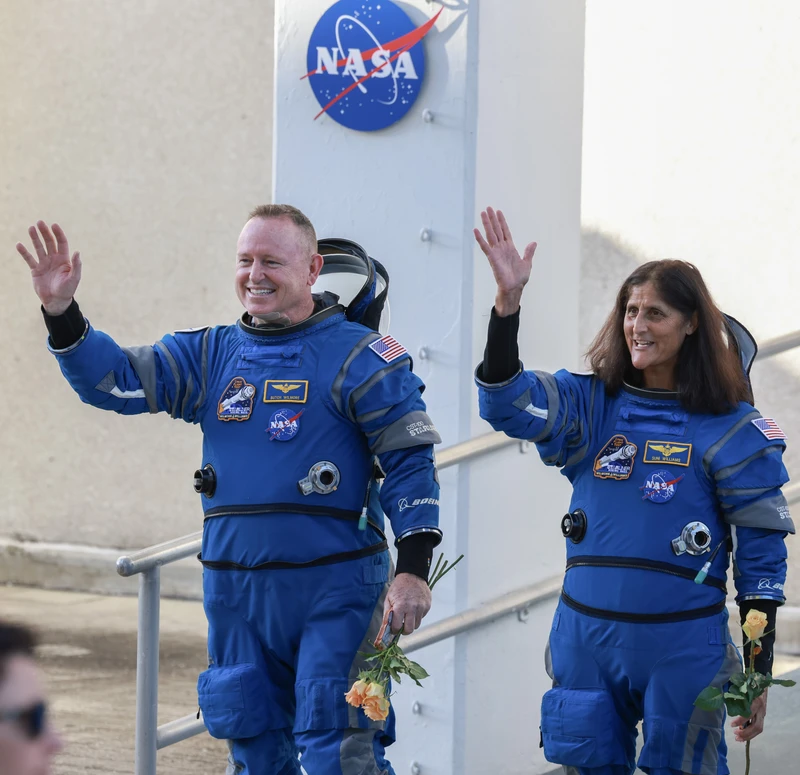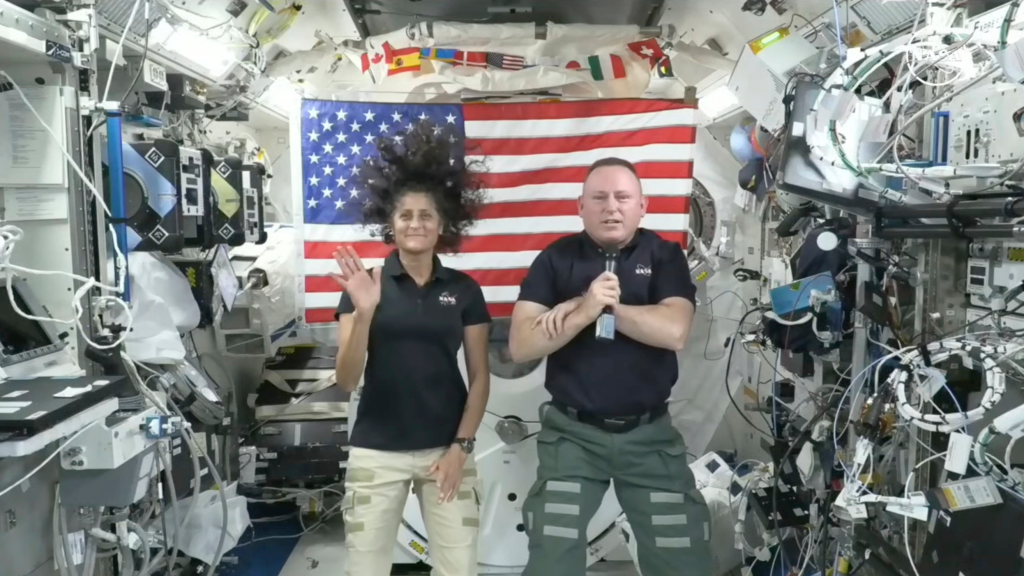
It was on June 5 that Sunita “Suni” Williams and Commander Barry “Butch” Wilmore took off aboard the brand new Starliner spaceship that Boeing had developed.
The two astronauts who are currently stuck on the International Space Station (ISS) will be transported down to Earth by SpaceX in February of 2025, according to an announcement made by NASA.
On June 5th, pilot Sunita “Suni” Williams and commander Barry “Butch” Wilmore launched into space in the new spacecraft that Boeing had developed. The intention was for them to remain in orbit for a period of eight days after docking on the International Space Station.
During a press conference held on Saturday, NASA Administrator Bill Nelson stated that a human return on Starliner would be too risky and that the two astronauts would be in the safest position if they remained on the space station.
He stated, “Spaceflight is a risky endeavour.” Even when it is at its most routine and even when it is at its safest. According to its very definition, a test flight is neither safe nor routine.
Jim Free, an associate administrator, continued by saying, “The uncertainty in our [technological] margins is what drove our decision.”

Beginning in the beginning of September, the Starliner will now attempt to return on autopilot after disembarking. As part of a typical astronaut rotation trip, the two astronauts are scheduled to return to Earth in February on a SpaceX Crew Dragon spacecraft. The launch of the spacecraft is scheduled for the following month.
Ms. Williams and Mr. Wilmore are both in agreement that the plan is “completely” acceptable, and the SpaceX crew will make any required modifications. In addition, NASA stated that there was no real thought given to the possibility of asking SpaceX to do a rapid rescue operation on its own.
Previously, NASA’s commercial crew manager, Steve Stich, noted that the frequency with which thrusters are used appears to be tied to the fact that many of the thrusters in the propulsion system of the Starliner overheated when they were fired. Additionally, leaks of helium, which is used to pressurise the thrusters, seemed to be involved.
Over the course of the news conference that took place on Saturday, Mr. Stitch made the following statement: “The bottom line in relation to bringing Starliner back is that there was just too much uncertainty in the prediction of the thrusters.”

On the other hand, I believe that we would have chosen a different course of action if we had a model—if we had a method to precisely estimate what the thrusters would do during the undock and all the way through the deorbit burn and into the separation sequence.
“But when we looked at the data and looked at the potential for thruster failures with a crew on board, it was just too much risk for the crew.”
After Boeing was awarded a contract with NASA that was worth more than $4 billion ten years ago, his spaceflights have suffered yet another setback as a result of this.
Starliner’s first test flight without a crew, which took place in 2019, was hampered by faulty software, which resulted in a retest being conducted in 2022.
There have been problems with the parachute since then, and in May, an attempt to launch the capsule was halted because of a helium leak in the fuel system of the capsule.
The officials from NASA continue to have faith that the issues with the Starliner can be resolved in time for another crew flight in approximately one year.